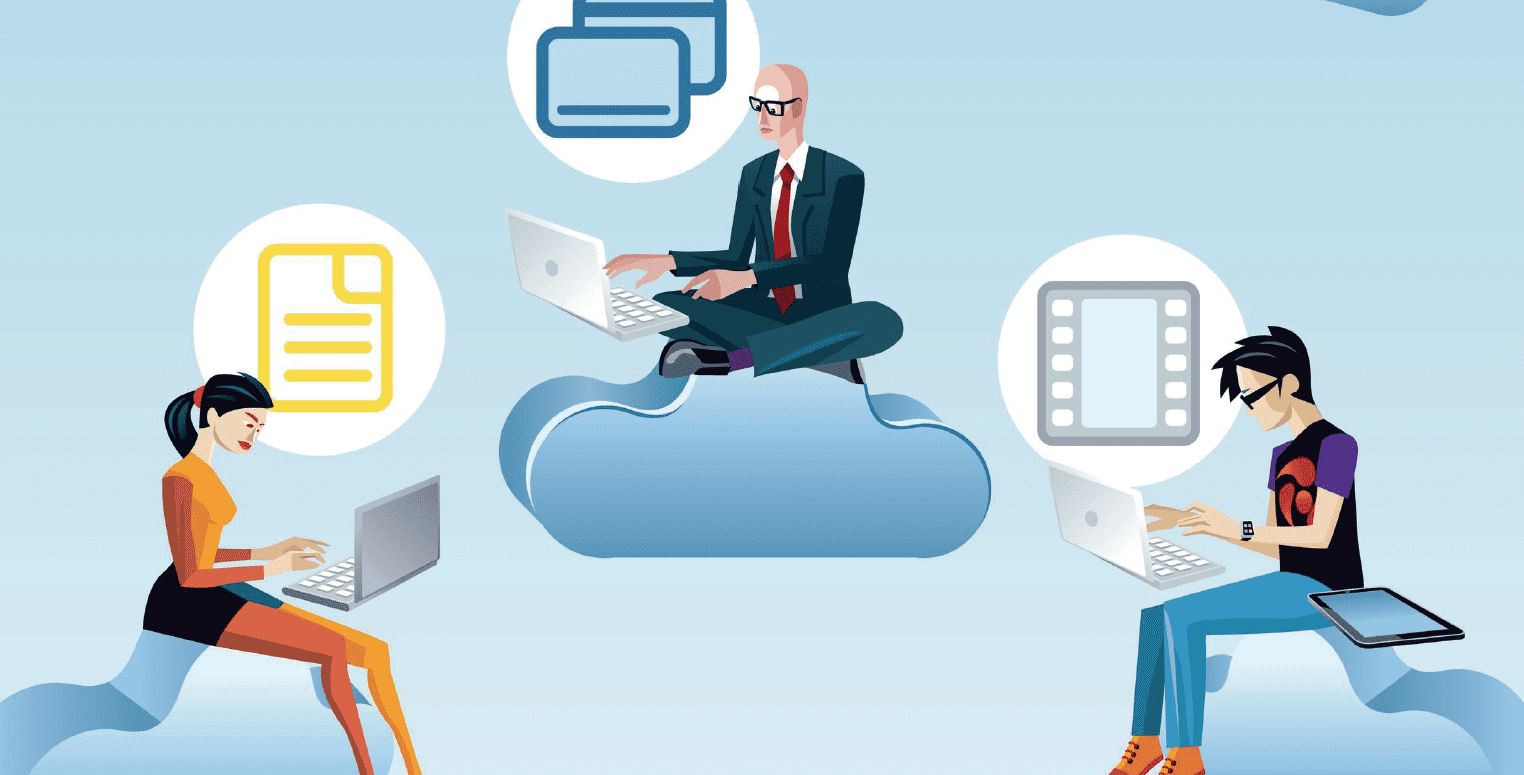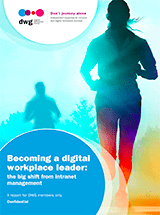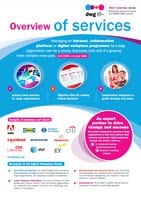4 essential ingredients for digital employee experience success
By Paul Miller – Originally posted on Avanade

A digital employee experience involves focusing on what every employee experiences on a day to day basis – the digital services they use, the flow between different devices, the need for log-ins, etc. We are all used to working and living in a digitally fragmented landscape but wish for far more harmony, simplicity and utility.
All too often, conversation about collaboration, intranets and the broader digital workplace can focus on technology and the fractured digital landscape. But what really matters to employees is what they experience moment to moment as they try to do their jobs productively, efficiently and enjoyably. As we see more and more user experience units springing up inside companies, the focus will become more heavily accented on the specific digital experiences of people – just as it so often is in the online consumer world. So I’ve come up with four essential ingredients for successful digital employee experiences.
Envision new “digital headquarters” that mirror re-fashioned physical HQs
What will start to appear is an equivalent “digital vision” of innovatively conceived physical workplaces. Teams will map out their “digital headquarters” to be “opened” alongside the traditional HQ, while paying just as much attention to the design, beauty and atmosphere of their digital workplaces – but without gravitational limitations. All too often, the technology is merely added to a building rather than being viewed as an extra dimension in which work happens.
Enhance intranets as “front doors” into the wider digital workplace
Intranets keep re-inventing and re-imagining themselves at each stage of digital evolution. According to Gartner, we are in the midst of an industry-wide revitalization of interest in next-generation intranets. When Citi envisages a transformed digital workplace for their company, the entry point into that new digital world of work is an intranet that is beautiful, functional and accessible. The same is true for many large organizations, who are designing new digital worlds of work.
Offer mobile access to deeper knowledge and reduce the need for managers
When Visa focused on mobile services for its staff, they placed valuable data and knowledge directly in the hands of anyone, irrespective of where they were working physically. This shift to giving mobile workers high levels of knowledge is a transformational one. Whether the worker is one of the 300,000 consultants at Accenture (now considered by its CEO to be a “virtual organization”) or a driver with DHL, having direct access to what matters gives him or her power. The forecast for management is not good as this “digital empowerment” makes the role of managers less central.
Consider including “machine to machine” relationships in your digital workplace
Organizations are starting to realize that when considering the digital workplace, a large volume of what happens has no human involvement at all. In this area, machines interact with machines, mainly through software working with software. As digital innovations expand and hybrid systems, artificial intelligence, virtual worlds and robotics increase in their remit, the notion of a digital business will have to include the “non-human” systems where work happens.
Related research and resources
DWG Services Overview
Categorised in: Digital employee experience, Digital employee experience


